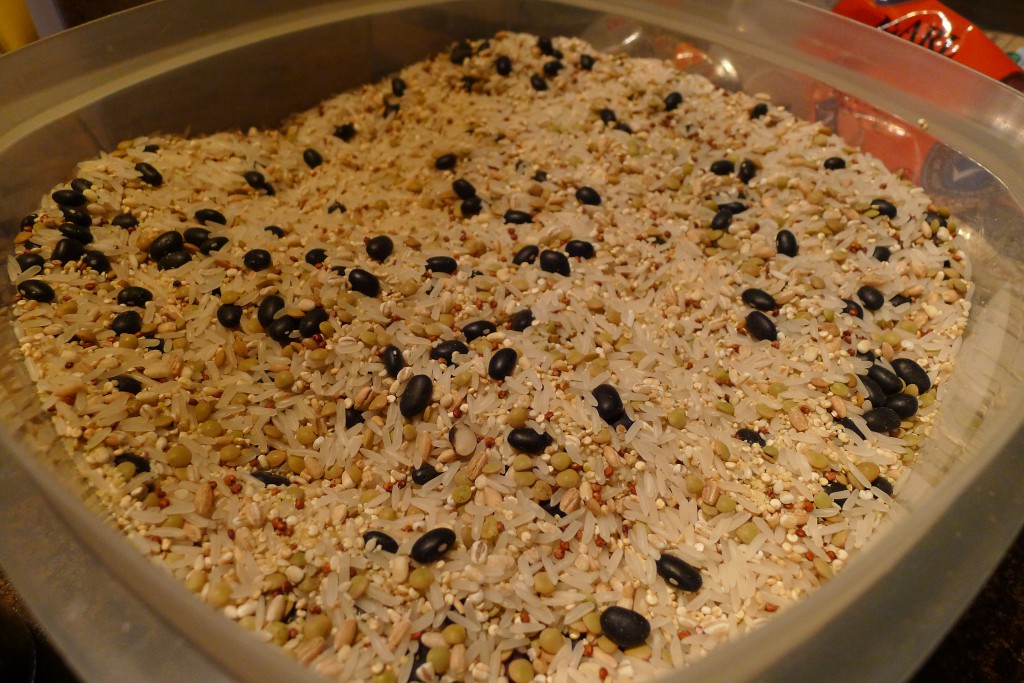
First you have to create your very own personalised Zakkokumai mixture…
A few weeks previously our lovely web design lady Stacey Dowswell of Fillspace introduced me to the wonders of Zakkokumai with a sprinkle of Furikake, and I have never looked back. She explained to me that her husband and herself loved it as it tasted just like Japan to them, reminding them of their time there some years ago. And so this week I thought that I would share this knowledge with our GFR readers.
For me personally I really don’t think that there is an olfactory experience that brings more of a sense of comfort than that of freshly made Basmati rice. I guess that it is my ultimate comfort food smell.
Now this is all well and good, but were you aware that the very milling process that makes white rice (hakumai, 白米) the way it is actually strips it of almost all of its nutritional value leaving almost nothing but starch? The obvious solution to this issue would be to use brown rice (genmai), but then it does take considerably longer to cook, and at the end of the day, when it comes down to it, I don’t think that anyone REALLY enjoys eating brown rice.*
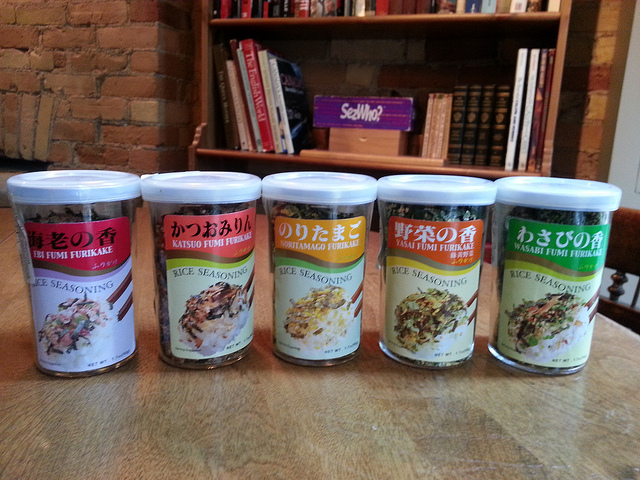
The mysterious secret ingredient… Furikake Rice Seasoning
Now the Japanese, who know a thing or two about rice, have been aware of this for quite some time, and over the years have developed what they refer to as zakkokumai (雑穀米). Zakkoku basically means “mixed grains”, and mai is Japanese for rice, hence zakkokumai, also occasionally referred to as kokumotsu gohan (穀物ご飯). And so you may have already worked out that Zakkokumai is a mixture of various grains, seeds, and pulses that one adds to plain old white rice in order to augment its flavour, fibre, texture, and nutritional value. Yes, it’s that simple…
Zakkokumai is available in many Asian markets in already mixed bags, but to be quite honest it’s a little pricey considering what it is… and it’s also a whole lot more satisfying to make your personal blend of the stuff.
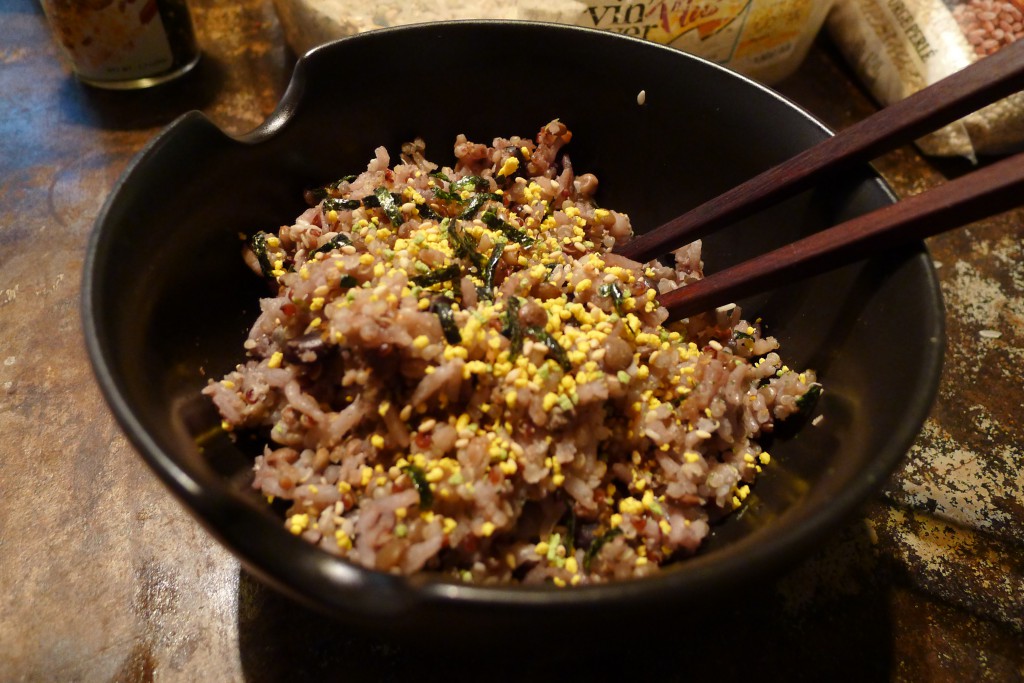
Mmmmmmmnnnnnn… tasty and NUTRITIOUS rice
I took the list of suggested ingredients from Just Hungry’s piece on this wonderful stuff, most of which you’ll be able to find at your local market quite easily, although I’m still having some trouble finding Amaranth. If anyone can give me some guidance there I’d love to try some of that in my mix. Also, the pre-soaking of the Azuki beans means that I left them out of my recipe as I wanted a wholly dry mix for convenience’s sake.
It’s suggested that one adds one tablespoon of the grain/seed/pulse mix to every cup of white rice, but to be quite honest I think I put in about four times that amount and love the textures and flavours that it brings to the blend… so basically exact measurements are not needed at all. Just be sure to have lots of large Tupperware containers ready… I went a bit over the top and we now have enough zakkokumai to last us through an apocalypse or two.
- Black beans (these turn the final mixture a little pink in colour, but I kind-of like that)
- Azuki beans (but beans may need to be pre-soaked)
- Lentils (all different colours of lentils work, but I went with green)
- Millet
- Quinoa (yes, lots of this stuff)
- Barley
- Sesame seeds (I like quite a lot of these in the blend)
- Steel cut oats
- Amaranth (Why am I having such trouble finding this?)
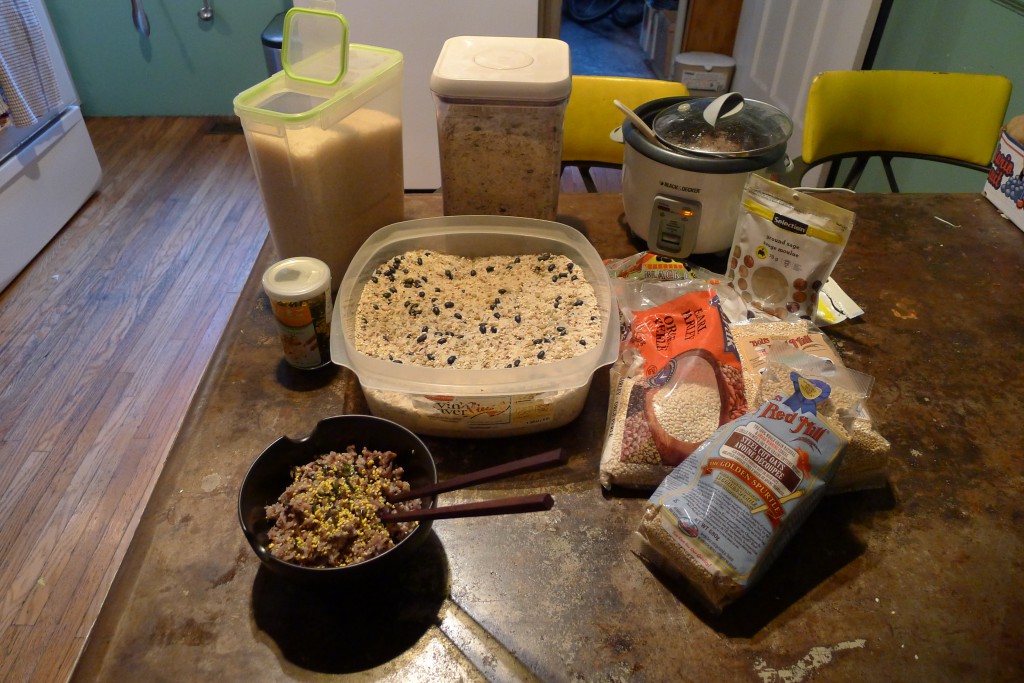
It takes a little bit of work to get your Zakkokumai together, but it is well worth the effort
So all one has to do is take the zakkokumai mixture and throw it into an open pot of boiling water and cook it until it is cooked to your liking, then simply put the lot through a fine metal sieve, fluff up with a fork and serve with whatever you wish. Alternatively this can all be done in a rice cooker.
Now you may have noticed that I mentioned Furikake earlier, and this Japanese rice seasoning is what brings your zukkokumai to the next level. Furikake can be found in various flavours for $3.95 – $5.95 in most Asian markets. The Lucky Moose in Toronto’s Chinatown is where I found my selection.
When it comes to varieties I tried out the following:
Katsuo Fumi (Shaved Bonito) – One of my favourites, there’s a really great bonito/nori taste
Ebi Fumi (Dried Shrimp) – The little pink bits of dried shrimp are a little disconcerting at first but it is actually quite tasty… intense.
Wasabi Fumi (You guessed it, Wasabi/Japanese Horseradish) – If you like a little bit of a Wasabi kick this one’s for you.
Noritamago Fumi (Egg) – Hmmmm, this one was the least of my favourites… the flavour was extremely odd. Eeeeeggggg!
Yasai Fumi (Vegetables) – It contains dried carrot, pumpkin, celery, and spinach. Delicious, but it won’t be adding to your 8 – 10 serving of vegetables per day.
There’s also a Kimchi one that is rather delicious, but that was out of stock the day I was there.
According to the labelling there are no artificial flavourings or colourings, with all natural ingredients contained within.
Sprinkle a little of this magical dust over your steaming zukkokumai, splash with a touch of soy sauce and then some roasted sesame oil and CHANG! a dish fit for an Emperor.
*denotes joke to wind up brown rice lovers.




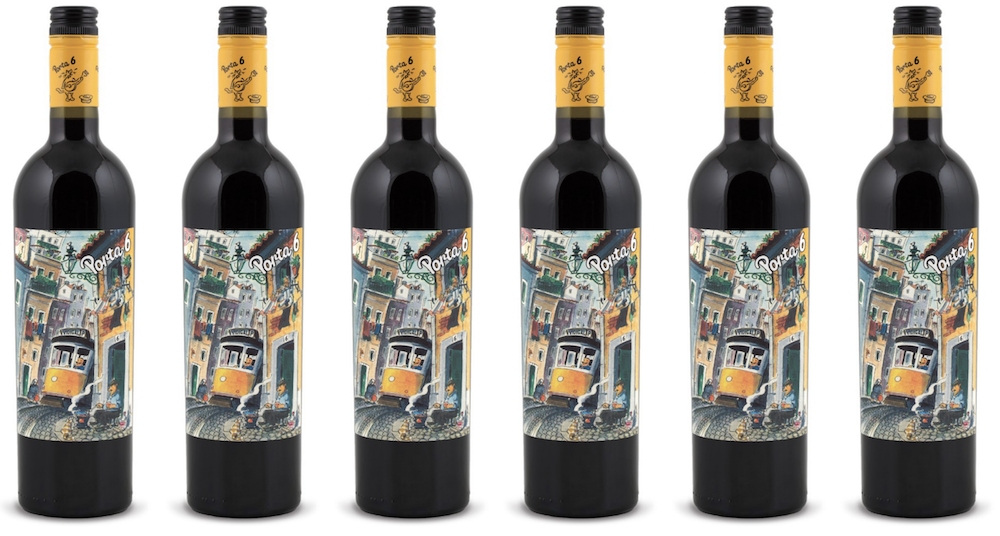
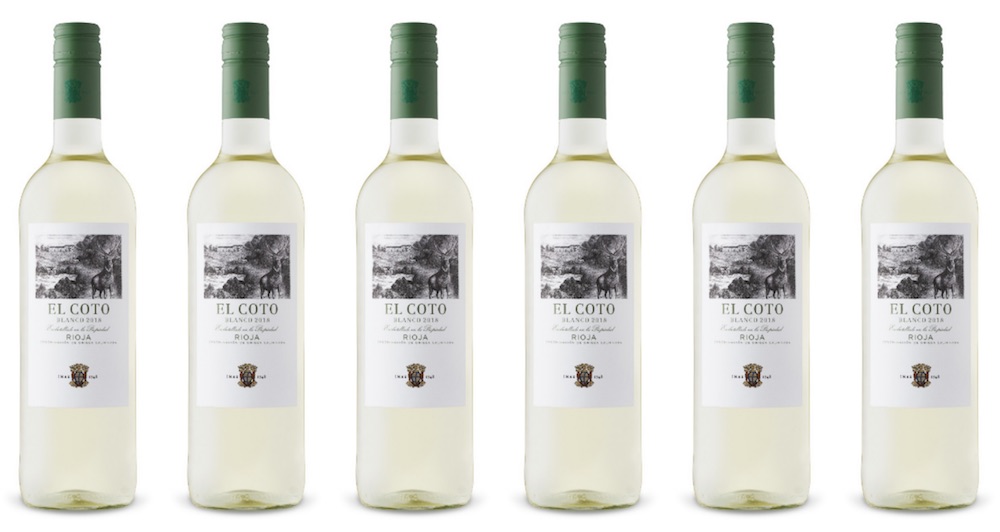
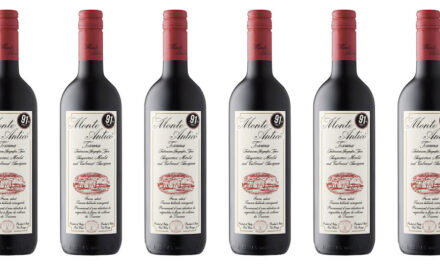

I would think that you could find Amaranth at Rube’s in St. Lawrence Market. But then again, I’ve never looked for it.
Yes, you were right… thanks!